As far as individual actions go, ditching the car is the second most impactful thing you can do to reduce your carbon footprint. Many people say they want to do it, but then don’t. This series will provide guidance and answer questions so that those who want to do meaningful work in healing the planet can begin living their values through choosing to be car-free or car-lite.
Ever notice how strange it is that people will rave about trips they’ve taken to Fire Island or Mackinac Island, but return home and immediately return to their old driving habits?
When I would go to Provincetown each autumn, I’d park the car at the motel, and that is where it would remain until vacation ended. The most interesting road — lined with shops, restaurants, and galleries — is narrow, one-way, and perpetually jammed. One experience with that taught me to find a different way. Walking or biking was the easiest. After returning home, I carried with me a desire to not have transportation be a source of stress. It also spoiled me when it came to how I would want to travel for enjoyment.
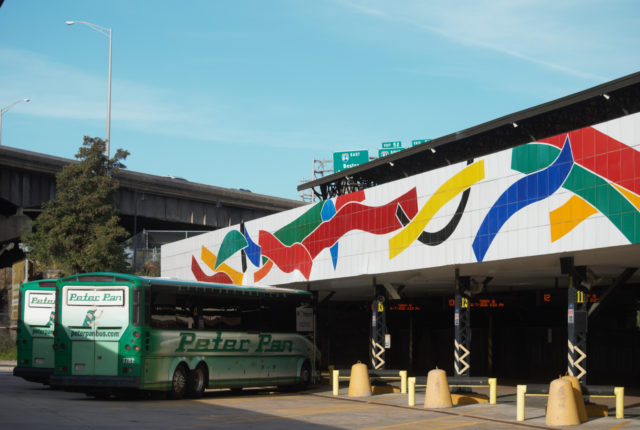
What’s cool about traveling while car-free is that it inspires spontaneity. You might think you know where you want to go, but the train or bus may suggest something else to you.
Here’s a thought: look at where you can travel by train within three or four hours of Hartford. Chances are, the train makes stops in places you’ve never heard of or have nothing you can associate with it. For instance, I opened up the Vermonter’s page and saw what towns were served by it. Never heard of Randolph, Vermont. A quick look at Google Maps shows me that there is a covered bridge and some natural looking area across town. An equally quick search of Airbnb tells me there are options for places to stay, including a yurt. Not sure I feel sold on Randolph, but I notice St. Albans is on the list and Wikipedia tells me that this is where the Vermont Maple Festival happens every year. Maybe the Vermonter isn’t doing it for me. The Adirondack route, though, suggests Croton-Harmon. What’s there? Looking at a map I can see the public transit from the station can get me to a nature sanctuary. There’s a campground that’s about a thirty minute walk from the train station. That’s enough to at least make me wonder what else may be around that area and dig in. The Lake Shore Limited route stops in Pittsfield, MA which has public transit to the Ashuwillticook Rail Trail; that trail spans nearly thirteen miles. This train station is also in walking distance of The Berkshire Museum, restaurants, parks, and some artsy stuff. Heck, you can even take public transit to the local Chabad.
You can bring your bicycle on the train, so you aren’t limited by insufficient public transit at the destination.
A fan of the multimodal trip? Take your bike on the train to Bridgeport, then get on the ferry, and once on Long Island, pedal to some vineyards.
Basically, you’ll want to visit a place that either has decent public transportation or is walkable, or if you enjoy cycling, can lend itself to that.
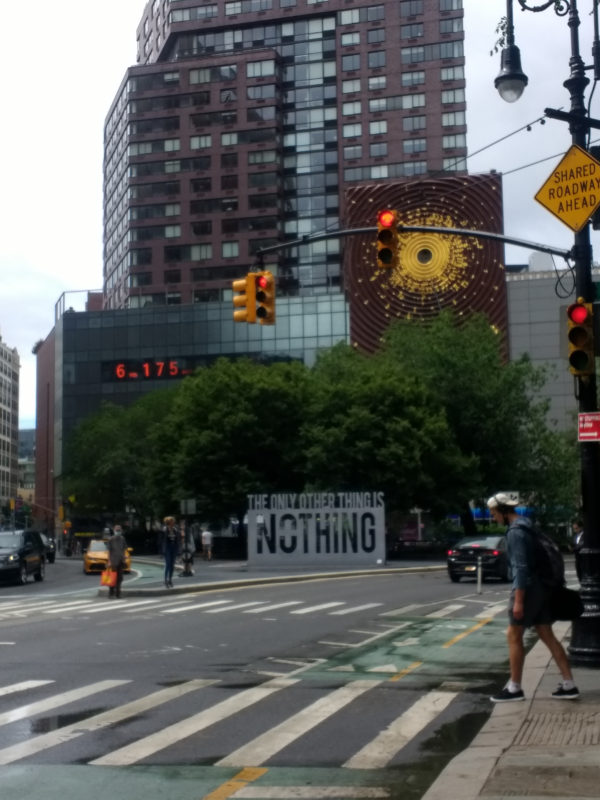
Trains don’t work for you? Hello, there are whole songs about taking buses across the country. Scheduling may be trickier than with the train. You can’t go straight from Hartford to Bangor, but you can go to Boston and then to Bangor. The Peter Pan site is more user friendly than Greyhound in this way, letting you more easily preview which cities connect to one another, while the latter makes you guess. (Neither easily provides a system map like CTtransit or Amtrak, but they should. It took some searching, but I was able to find Greyhound’s network map.)
Trains and buses do not reach every location.
You can carpool. This is an obvious solution, but one that gets overlooked these days. It requires either coordinating with someone you already know, or taking a gamble by asking strangers. I know someone who spends a lot of time up in Maine during the summer. If I wanted to, it’d be easy enough to throw gas money her way and ride along, getting dropped off somewhere on the route. The other option — essentially hitchhiking — can be less scary if using a local Buy Nothing group and vetting people by seeing if there are shared friends. Sure, there’s less flexibility when it comes to planning around others’ schedules, but so what? How many times a day do most of us compromise for others?
The other approach is to rent/share/borrow a car. And no, this is not being a hypocrite. For me, it’s financially irresponsible to own a car, given that I can walk, bike, or take the bus to the places I go 50 of 52 weeks during the year. Why would I saddle myself with car payments, insurance payments, registration, maintenance, taxes, and on and on if I only need or want a car rarely? Most car rentals require a credit card, though some will take debit if you offer them your first born and fill out more paperwork than is required for a mortgage. This is why services like Zipcar, as imperfect as they are, have value– allowing people to use debit cards, and doing so without accusing them of being unAmerican.
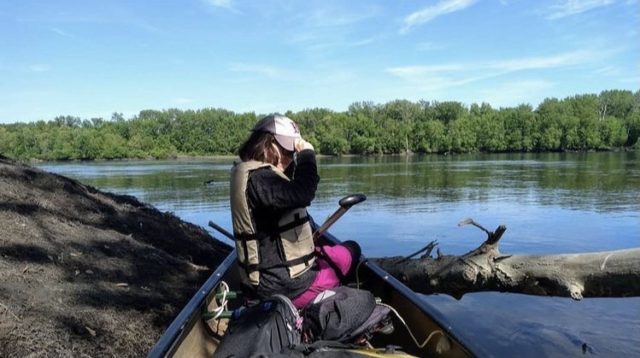
The whole vacation-minus-car is easier for those who are active and willing to camp. Bikepacking is a whole thing. So is canoe or kayak camping. We hear a lot about long distance hikes, like people doing the Appalachian Trail or Pacific Crest Trail, but there’s at least one memoir about biking from Oregon to Patagonia.
I’ve done much shorter trips — a couple nights — in the region going somewhere by boat or bike and then finding someplace to pitch a tent. Sometimes it was burning hot. Sometimes there was snow on the ground. This might be your nightmare, but my nightmare would be a trip consisting entirely of guided tours and forced mingling.
If you’ve figured out how to do grocery shopping with a bicycle, camping is not that much of a stretch. Think about what you want to take, load up the panniers, and then start unpacking all the things you now know weigh too much to be worth the trouble of lugging around.
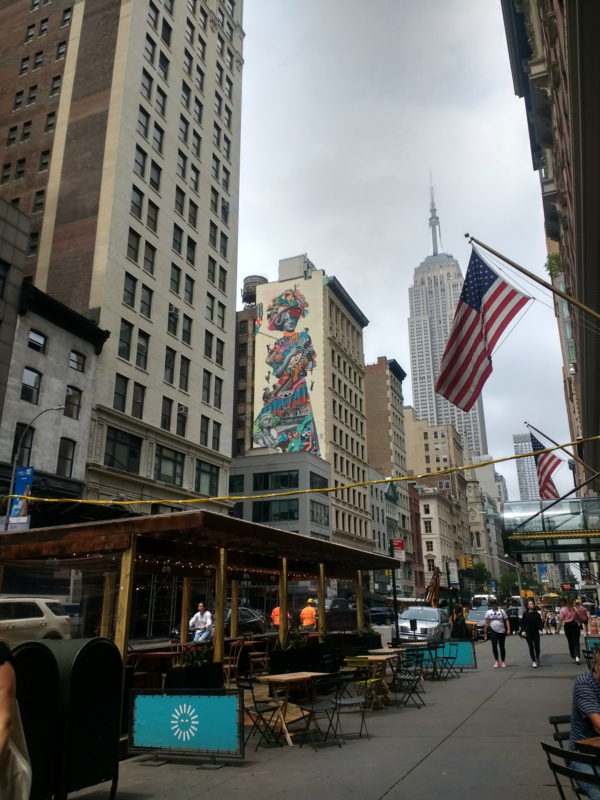
Other logistics?
If taking train, bus, ferry, or bicycle — or any combination of those — it makes sense to pack a lot lighter than if using a private vehicle. We rarely need as much as we think we do. On a recent trip a friend commented on how little baggage (physical, not emotional) I had, and there were several small items I would have left home if I could do that one over. Besides not wanting to exert myself, I like having my hands free when roaming around in case I need to get into combat, or more likely, carry a doughnut and coffee around.
If there’s even a hint of rain, it’s worth of putting clothes, books, notebooks, electronics, etc. in plastic bags and having a rain jacket or umbrella. I will risk a soggy commute home, but roaming around for hours while drenched is something I will make the effort to avoid.
Bring snacks. It’s worth doing regardless of what mode you use, but when on someone else’s schedule, you either have the “spend too much money in the cafe car” option, or the “wait until you get there” option because there are no pit stops on the Greyhound and you never know if there will be delays.
For those who have experience vacationing without a car, what advice would you give?
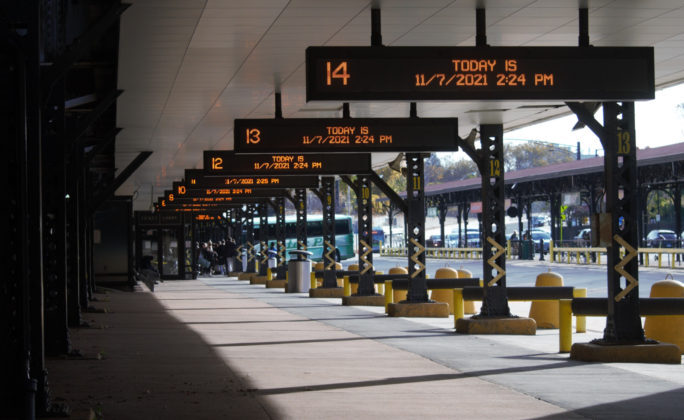


Richard
It can be done. Just set aside your “I want to,” I want to,” boo hoo. As long as one gives up the idea that everything is for me, me, me. No grape jelly today at the store, “but I like grape jelly, too bad, if you want jelly get some other flavor. No one needs to go every where and as Patrick Sky once sang, “I’ve seen your towns they’re all the same, the only difference is their name.” (of course, we can add their little pretties also.)
As a person, with never a car, I have been to quite a number of places. Back in the day before I hated cars so much, it was easy, stick out my thumb and go. Never went into the deep south where not my type of people live but chopped off the country right below D.C and drew a line over to Texas. (have I got a story about El Paso) So I didn’t get to experience the drunkenness of Bourbon Street, or the Spanish moss hanging from the old oak tree. Do I beat my breasts and cry what a shame. Nope not a all. The skies of Wyoming are far more beautiful than red necks and humid, buggy infested surroundings. So, what I am saying is there are many places where one can go, got your heart set on somewhere but can’t get there without exhausting up the planet then forget it. Go somewhere else. Big deal. Get out of the way. No one needs to go everywhere and what a bore that would be. If you did what then, go into outer space with those rich pigs? (I call them out nicely for here)
Once I went from Hartford to New London on buses and the cost for me was 85 cents. Transfers are wonderful. Did it take awhile yes, but half the fun is getting there. Sit back and enjoy the ride through Middletown, Essex, Chester, Haddam, and Higganum. Get off at the Old Saybrook train station and have lunch and wait for your bus to New London. Regular fee $1.75 to travel around on the 9 Town Transit System. Not bad and seniors go for 85 cents. The hotel is right downtown. The ferry to Long Island down the block. I like things for just what they are and I do not try to mold places to my likings.
I take the Vermonter all the time for Brattleboro, Montpelier, Burlington, and St. Albans. What town suits my fancy this year? I can also get off in North Hampton for a visit. Remember there are many kinds of jelly, and if you can’t get grape get something else instead.
Kerri Provost
No need to be nice about calling them out, those narcissists.